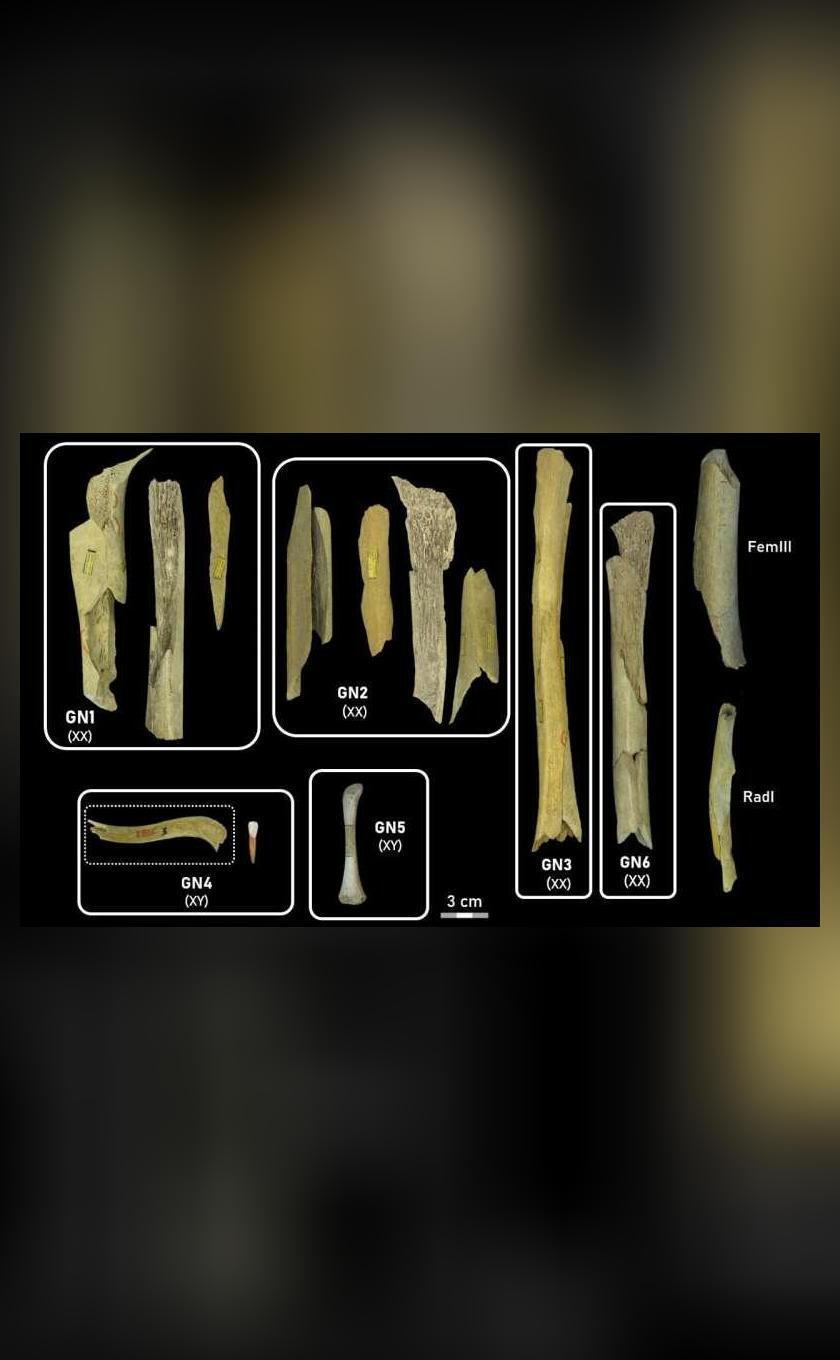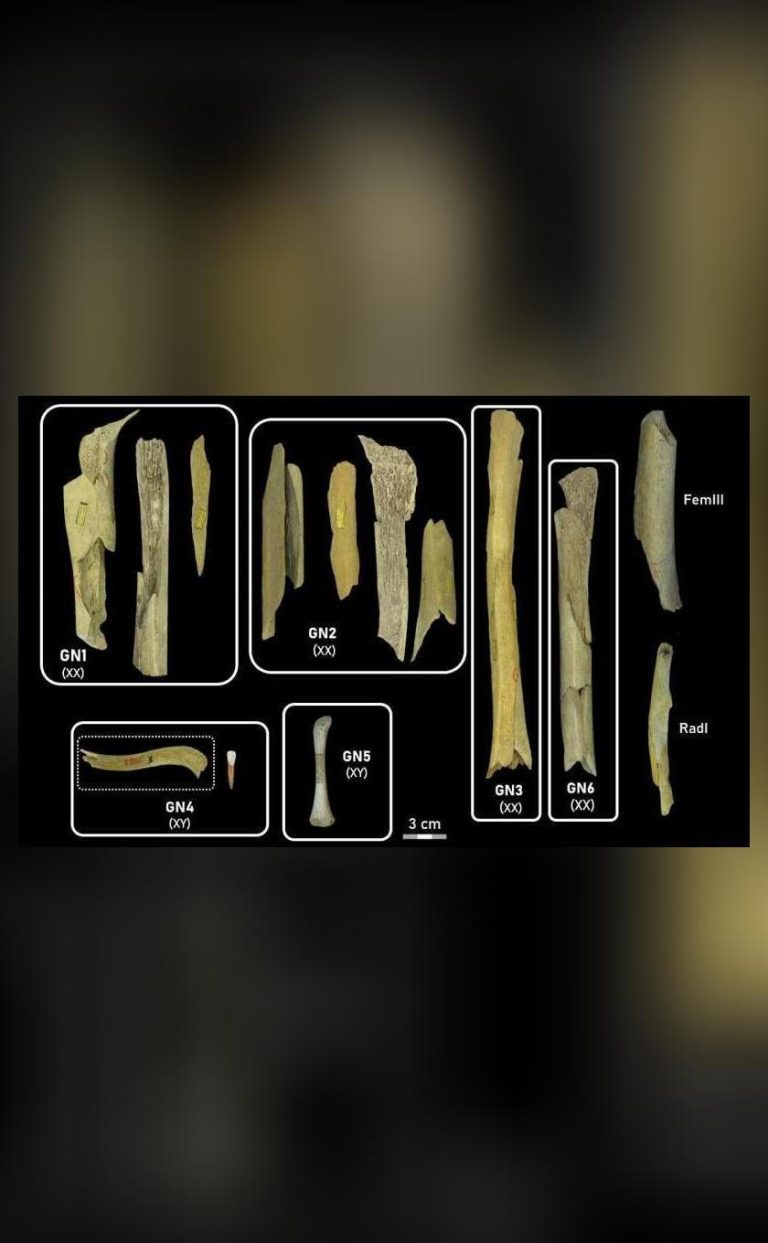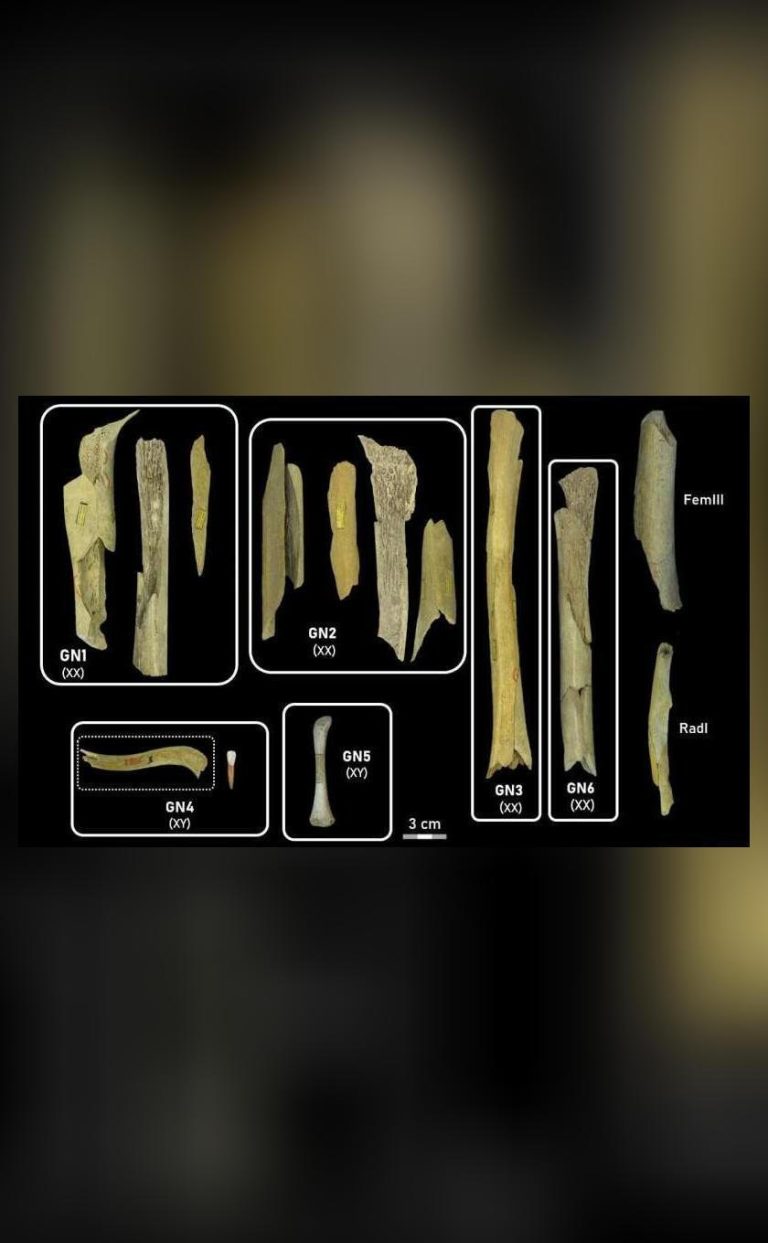
Neanderthals ate outsider women & children 45,000 years ago: Study
The discovery of ancient human remains in Belgium’s Goyet cave system has shed new light on the behavior of Neanderthals, our closest extinct human relatives. A recent study has revealed that Neanderthals engaged in cannibalism, specifically targeting women and children from other communities, around 45,000 years ago. This shocking finding has significant implications for our understanding of Neanderthal behavior, social structure, and their interactions with other human groups.
The study, which analyzed 101 bone fragments found in the Goyet cave system, identified butchery marks similar to those found on animal bones. These marks suggest that the Neanderthals processed the human remains for food, using techniques similar to those used for animal carcasses. The presence of these butchery marks, combined with other evidence, points to a pattern of cannibalism among Neanderthals.
The researchers believe that the victims of this cannibalism were not members of the same Neanderthal community, but rather outsiders, including women and children, from neighboring groups. This is significant, as it suggests that Neanderthals may have engaged in territorial conflict and violence against other human groups, particularly during times of resource scarcity or competition.
The timing of this cannibalism is also noteworthy, as it coincides with a period of significant change in the human population landscape. Around 45,000 years ago, Neanderthal populations were shrinking, and Homo sapiens (modern humans) had begun to occupy nearby regions. This overlap may have led to increased competition for resources, territory, and other essential necessities, potentially contributing to the Neanderthals’ decision to engage in cannibalism.
The study’s findings have important implications for our understanding of Neanderthal behavior and social structure. While Neanderthals are often portrayed as brutish and violent, this research suggests that their behavior was more complex and nuanced. The fact that they targeted women and children from other communities implies a level of social and cultural sophistication, as well as a willingness to engage in violent conflict to protect their territory and resources.
The discovery of cannibalism among Neanderthals also raises questions about the evolution of human behavior and the development of social norms. If Neanderthals, our closest extinct human relatives, engaged in cannibalism, what does this say about the origins of human behavior and the emergence of complex social structures?
The researchers behind the study suggest that the cannibalism may have been a response to environmental pressures, such as food scarcity or climate change. This is supported by the fact that the butchery marks on the human bones are similar to those found on animal bones, suggesting that the Neanderthals may have viewed human flesh as a viable food source during times of need.
The study’s findings are also significant for our understanding of the relationship between Neanderthals and Homo sapiens. The fact that Neanderthals targeted women and children from other communities implies a level of violence and aggression towards other human groups, which may have contributed to the eventual decline of Neanderthal populations.
In conclusion, the discovery of cannibalism among Neanderthals is a significant finding that sheds new light on the behavior and social structure of our closest extinct human relatives. The fact that they targeted women and children from other communities suggests a level of complexity and nuance in Neanderthal behavior, as well as a willingness to engage in violent conflict to protect their territory and resources.
As we continue to learn more about Neanderthals and their place in the human family tree, studies like this one remind us of the importance of considering the social, cultural, and environmental contexts in which our ancestors lived. By examining the behavior and interactions of ancient human groups, we can gain a deeper understanding of the evolution of human behavior and the development of complex social structures.
For more information on this study, please visit: https://phys.org/news/2025-11-neanderthal-women-children-victims-cannibalism.html



